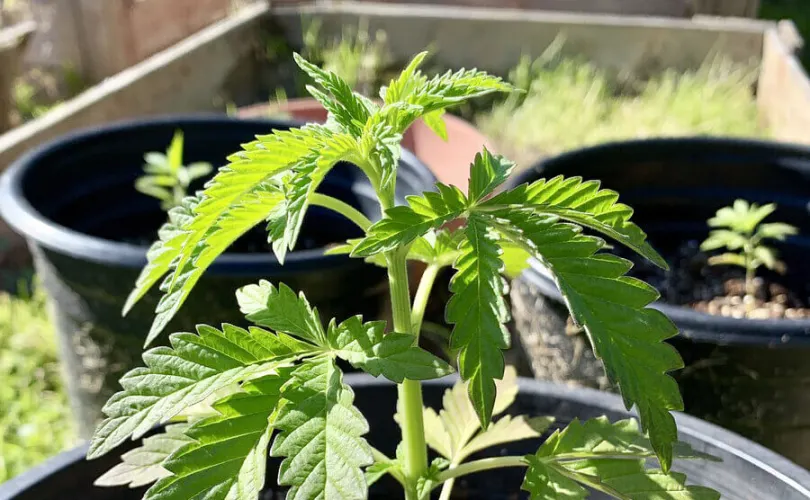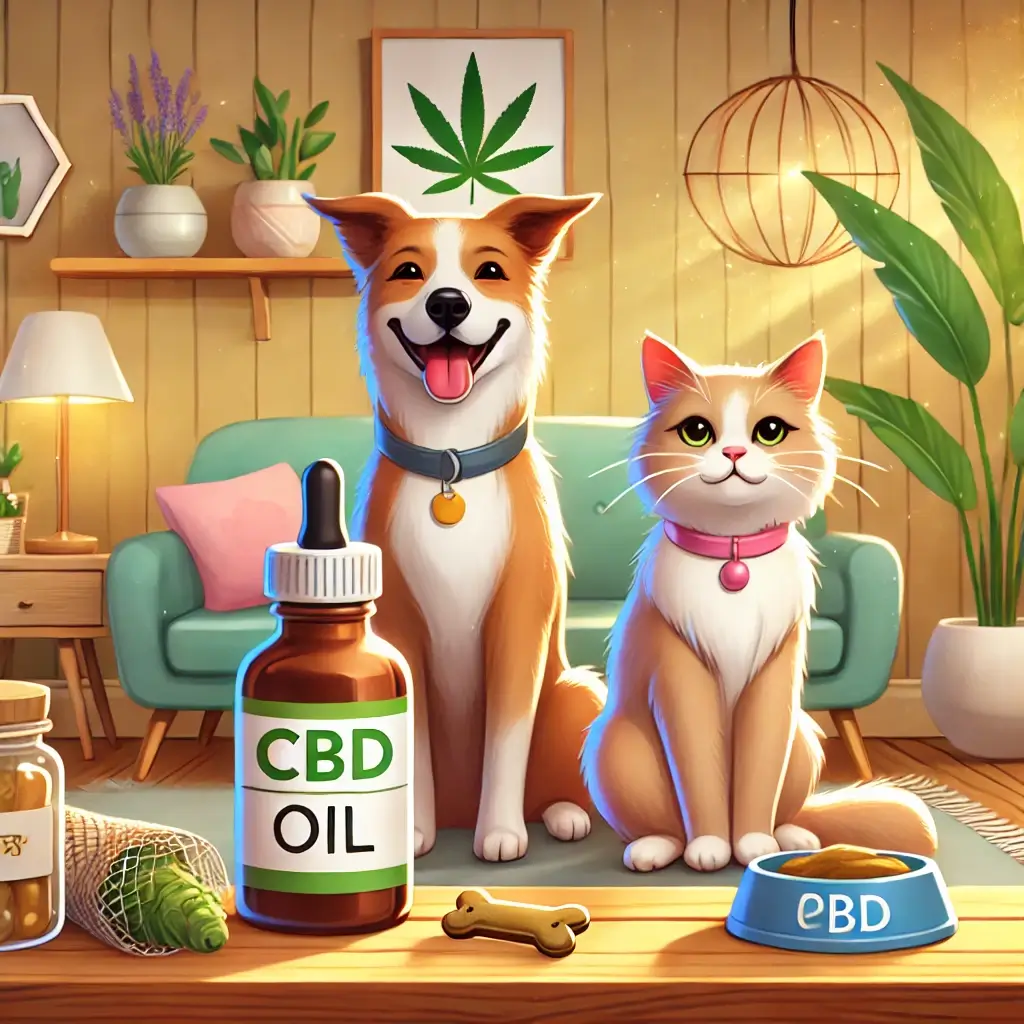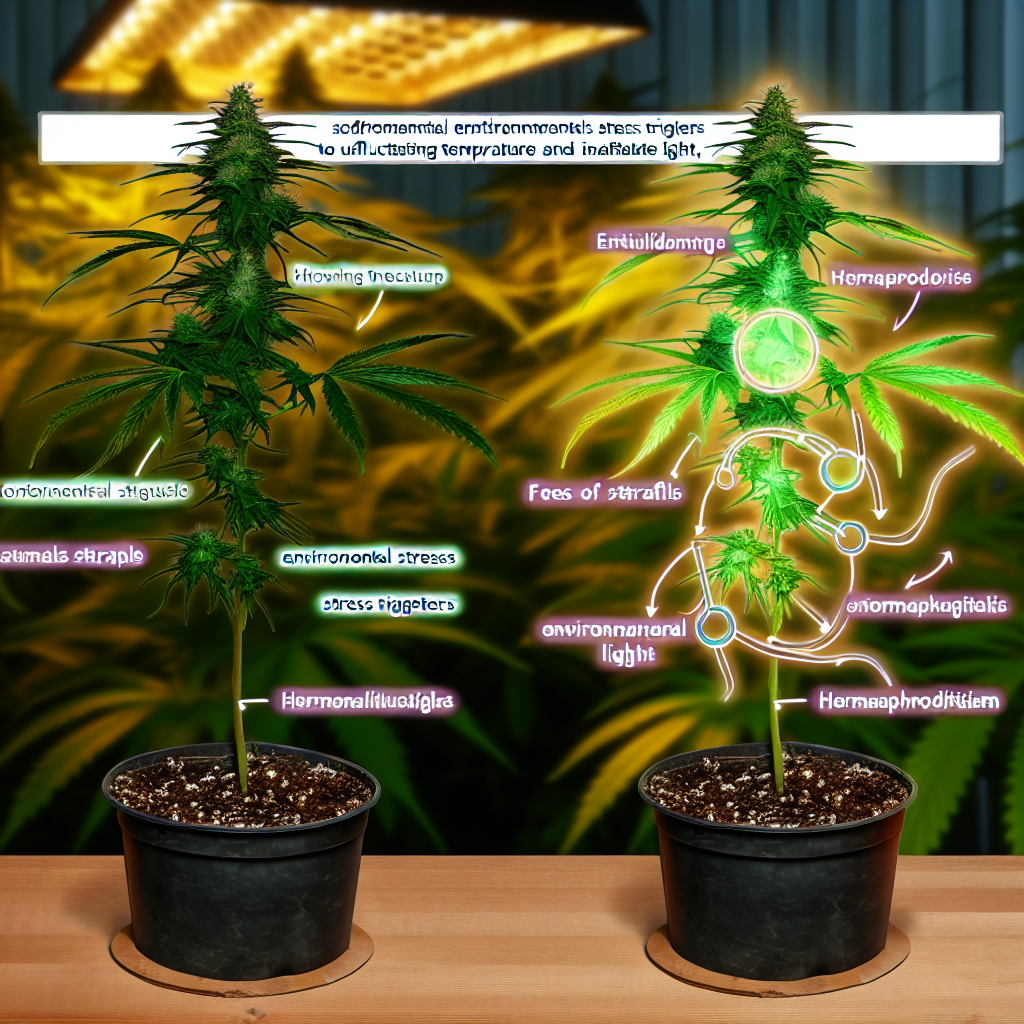You must maintain the pH of the soil at an optimal level for plant growth. The leaves of cannabis plants will become yellowish if the pH is lower than 5.8, which is the point at which the plant cannot absorb magnesium. There are currently many different products available on the market that you can use to execute this task successfully. Altering the soil’s pH level is just one of the many things you can do to optimize conditions for the growth of seedlings. Other important factors include maintaining a humidity level of 60 percent and temperatures ranging from 65 to 75 degrees Fahrenheit.
Under these conditions, the cultivation of cannabis seedlings is highly recommended.
Essential Elements for Cannabis Plants
Magnesium and calcium are two components that must be present for cannabis plants to thrive. These two nutrients are also among the most important.
For the chlorophyll molecule to carry out its intended functions, it is critically dependent on these elements. Not only is the development of the plant’s protein structure dependent on these nutrients, but the enzymes produced by the plant also require them. If a plant lacks adequate essential nutrients, it may display signs such as yellow leaves or drooping tips.
In addition to these crucial components, cannabis plants necessitate the presence of sulfur. This is because sulfur is an essential component in the generation of chlorophyll.
Performing Analysis to Determine the pH Level of a Developing Solution
It is necessary to investigate the pH level of your growth solution before feeding it to your plants to guarantee they receive the necessary nutrients. You can do this before feeding the solution to your plants. You will need either litmus paper or a portable pH meter to do this task. Most of the time, shops specializing in cultivating plants will also sell a range of basic acids and bases. Carefully perusing the product’s label will ensure you apply the right amount. Adjusting the water every two to three weeks is necessary to consistently maintain the ecosystem’s pH balance.
An Analysis of the Nutrient Soil Mixture
Maintaining a close check on the pH level of the cannabis-growing soil mix is essential to guarantee that the plants will reach their full growth potential. Plants require a soil environment that is slightly acidic to thrive and develop their full potential. Cannabis plants require a medium with a pH ranging from 6.0 to 7.0 to reach their full potential. At various stages of development, it is necessary to adjust the soil’s pH level. The water’s source might have an impact on the soil’s acidity. Since the acidity of the water varies from source to source, the treatment used on it must likewise vary to account for this fact.
Initiate Root Development
After you have established that your cannabis seeds have germinated successfully, you may begin to tend to the cannabis plants that have recently emerged from their seeds. After ten days of germination, your seedlings typically initiate root development. It is of the utmost importance to confirm that the environment in which the plant is developing is as devoid of anxiety as possible. You mustn’t overwater or subject your plants to excessive water or sunlight. As a direct result of the stress these factors induce, the rate at which your plant grows will be slowed down.
Soil’s pH
The soil’s pH level should preferably be between six and seven since this has been determined to be optimal. You should consider purchasing a pH tester because it is an instrument that can be useful and is not unduly expensive at the same time. To achieve the same result, use pH paper strips or combine neutral water and pour it through a coffee filter. Both methods would provide the same result. Although the cost of a soil pH test kit is typically lower than that of a pH meter, the latter does not guarantee accurate findings. Once exposed to the chemical, pH strips will change color to reflect the substance’s pH level. After the test has been finished, you may then evaluate the pH level of your soil by comparing the results to an index to see where they fall on the scale.
Marijuana farmers frequently have the mistaken belief that if they give their plants more nutrients, they can make up for any deficiencies that may exist. On the other hand, the indicators of a nutrient deficit might not always be visible, and you might be incorrect in your assessment of the situation.
Fortunately, you may use some methods to determine whether nutrient deficits do or do not exist in a particular individual. For instance, the symptoms of a deficiency in nitrogen (N) and sulfur (S) may be highly similar depending on the growth stage and the degree to which the shortages are present. This is because N and S are both essential for growth.




